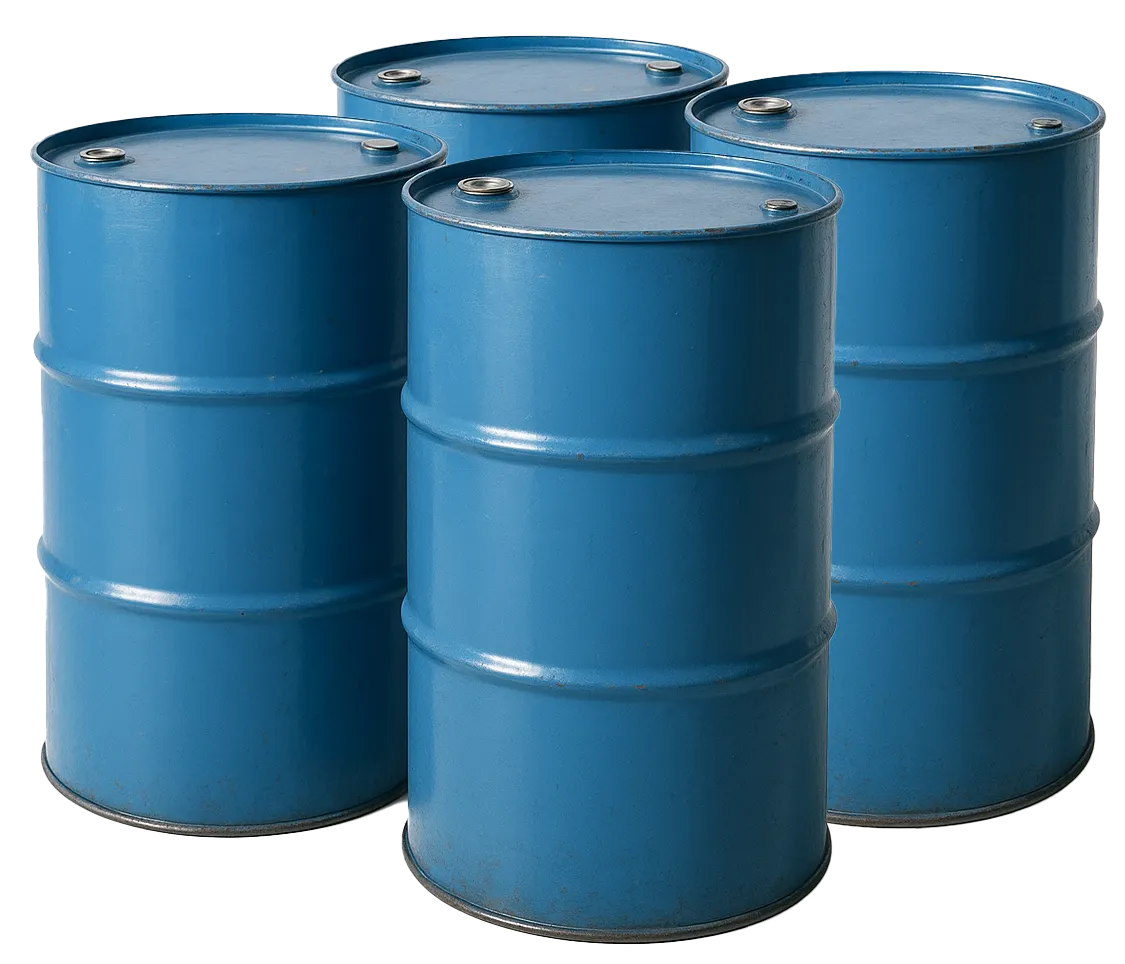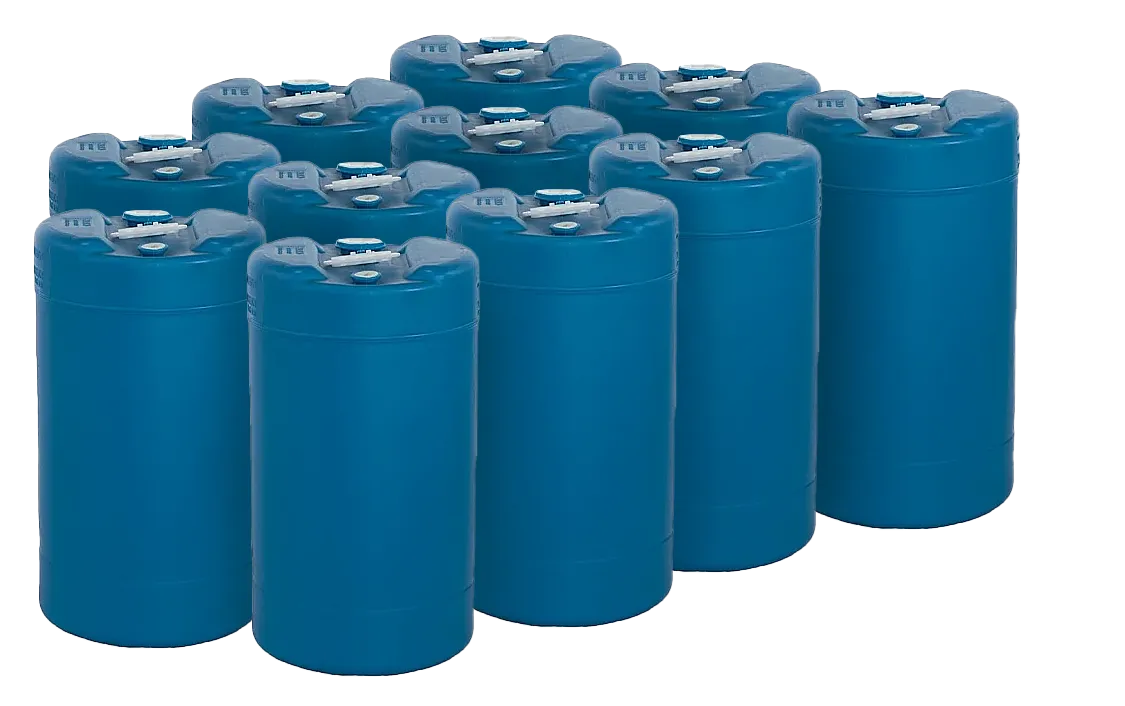EPA Regulation 40 CFR 264.175 establishes critical spill containment requirements that directly impact industrial facilities handling hazardous materials. This regulation drives the fundamental need for secondary containment systems across manufacturing, chemical processing, and distribution operations. Understanding these requirements is essential for facility managers, safety professionals, and compliance officers responsible for environmental protection and regulatory adherence.
What is EPA Regulation 40 CFR 264.175?
EPA Regulation 40 CFR 264.175 forms part of the Resource Conservation and Recovery Act (RCRA) standards governing hazardous waste management facilities. This specific regulation mandates secondary containment requirements for containers holding hazardous materials, establishing minimum standards that protect the environment from accidental releases.
Who Must Comply
This regulation applies to:
- Hazardous waste treatment, storage, and disposal facilities
- Manufacturing facilities handling hazardous chemicals
- Distribution centers storing regulated materials
- Industrial operations with container storage areas
- Facilities subject to RCRA permitting requirements
The regulation affects any facility that stores hazardous materials in containers, making compliance critical for maintaining operational licenses and avoiding environmental violations.
Breaking Down the Three Core Requirements
Requirement 1: Structural Integrity
“The containment unit must underlie the containers and must be free of cracks or gaps and be sufficiently impervious to contain leaks, spills and accumulated precipitation.”
This foundational requirement establishes basic containment system integrity. Containment units must provide complete coverage beneath stored containers without structural defects that could allow releases to reach the environment. The system must handle not only chemical spills but also precipitation that could accumulate around storage areas.
Practical Application: This requirement eliminates makeshift containment approaches and demands purpose-built systems designed for chemical resistance and structural durability.
Requirement 2: Drainage and Liquid Management
“The base of the containment unit must be sloped or designed to drain and remove liquids resulting from leaks, spills or precipitation unless the containers are elevated or otherwise protected from contact with accumulated liquids.”
This requirement addresses a critical safety concern: preventing stored containers from sitting in accumulated liquids. The regulation provides two compliant approaches:
- Elevated Storage Systems: Grating or platform systems that elevate containers above the containment area, preventing contact with accumulated liquids while allowing spill collection below.
- Sloped Drainage Systems: Containment systems with integrated slopes that direct spilled materials to collection points for removal.
- SafeRack Solution: Our spill containment systems utilize removable grating designs that elevate containers above the containment area while allowing easy access for inspection and cleanup. This approach meets regulatory requirements while providing operational flexibility for maintenance and spill response.
Requirement 3: Capacity Calculations
“The containment system must have sufficient capacity to contain 10% of the volume of containers or the volume of the largest container, whichever is greater.”
This calculation requirement often creates the most confusion but follows a straightforward rule: compare two numbers and use the larger value.
Calculation Method:
- Calculate 10% of total stored volume
- Identify the volume of the single largest container
- Use whichever number is greater as your minimum containment requirement
Practical Compliance Examples
Example 1: Two 55-Gallon Drums

- Total volume: 110 gallons
- 10% calculation: 11 gallons
- Largest container: 55 gallons
- Required containment: 55 gallons (larger number)
Example 2: Four 55-Gallon Drums

- Total volume: 220 gallons
- 10% calculation: 22 gallons
- Largest container: 55 gallons
- Required containment: 55 gallons (larger number)
Example 3: Eleven 15-Gallon Drums

- Total volume: 165 gallons
- 10% calculation: 16.5 gallons
- Largest container: 15 gallons
- Required containment: 16.5 gallons (larger number)
Railcar Track Pans
SPCC & EPA Compliant Track pans for capturing hazardous spills from railroad tankers and railcars
Truck Spill Containment
SPCC & EPA Compliant Truck Spill Containment Solutions
Drum & IBC Spill Containment
Interior and exterior SPCC compliant and EPA approved spill pallets
Containment Berms
Spill containment berms for industrial needs such as fueling stations, chemical storage, and mobile containment
Local Regulations and Enhanced Requirements
Understanding Regulatory Hierarchy
While EPA regulations establish minimum federal standards, local authorities retain the power to impose more stringent requirements. State, county, and municipal regulations may mandate:
- Higher containment capacity percentages
- Additional structural requirements
- Enhanced inspection and maintenance protocols
- Specific material compatibility standards
Important Note: Local authorities cannot impose less stringent requirements than federal standards, only more restrictive ones.
Compliance Verification
When selecting spill containment systems, facilities must verify compliance with both federal EPA requirements and applicable local regulations. This dual-compliance approach ensures complete regulatory adherence and prevents violations during inspections.






